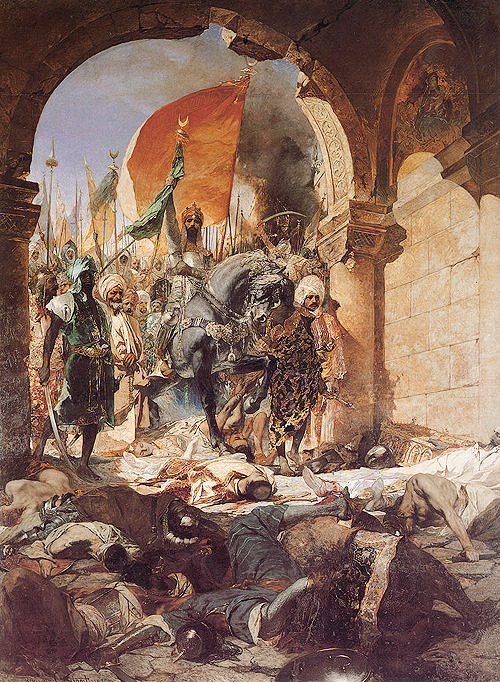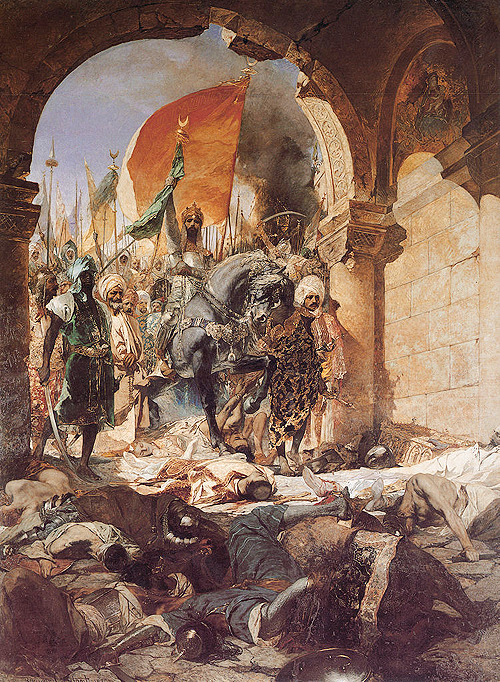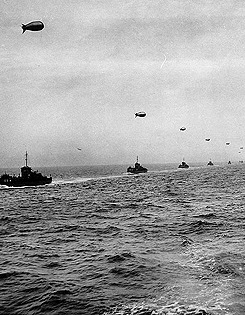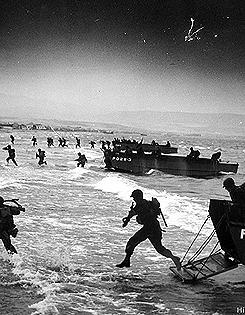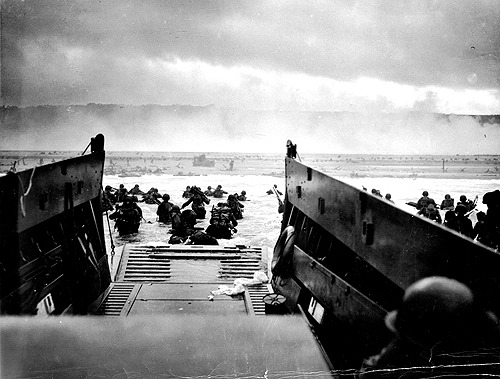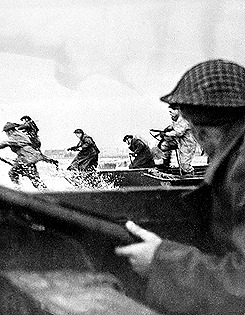


the von Braun team
May 22, 1945: Operation Paperclip begins.
On May 22, 1945, Major Robert B. Staver transmitted a telegram to the Pentagon stressing the need for the U.S. government to initiate an evacuation of select German scientists, at the time mostly men involved in the German rocket program. This took place approximately two weeks after Nazi Germany’s defeat in World War II, although the project and the basic idea of interviewing/interrogating German scientists was conceived during the war. The name Operation Overcast was designated in the summer of 1945 until it was replaced by the better-known name “Operation Paperclip”; the project formally began in August of 1945 with two objectives: to learn more about advances made by German scientists and researchers during the Nazi era, and to apply these advances and the minds of German scientists and researchers to achieve American goals. World War II begot significant advances in technology, as bloody and brutal wars are wont to do; on the German side, specifically, scientists created the first rocket-powered planes, the first modern assault rifle, an early cruise missile, and the world’s first ballistic missile. It was therefore in the country’s best interest to acquire and employ the minds behind these technologies, and to deny the Soviet Union these resources.
Under Operation Paperclip, over 1,500 scientists and technicians working in a variety of fields were recruited from Germany to the United States. It was administered by the Joint Intelligence Objectives Agency, which also circumvented Harry Truman’s orders to disqualify any scientists with Nazi sympathies from the program by falsifying records and backgrounds. Wernher von Braun, who was instrumental in the development of the American space program, was also a self-proclaimed non-political member of the NSDAP during the war, and yet he was also complicit in the V-2 rocket program’s extensive use of slave labor, even admitting that he had personally picked out concentration camp prisoners to use as workers. Other prominent German scientists who found work in the United States under Operation Paperclip included Walter Dornberger, another V-2 scientist who in the postwar period worked on the development of guided missiles; Kurt Blome, who was saved from a war crimes conviction at the Nuremberg Doctors’ Trial in exchange for his expertise on biological warfare; and dozens of other German rocket scientists.
Wernher von Braun was indisputably the most famous of them all; for both his work in Germany and in the United States, he was known as the “Father of Rocket Science”. America’s first ballistic missile, the PGM-11 Redstone, was based on his V-2 rocket, as were the rockets used in the the launching of Explorer 1 and the Freedom 7 spaceflight. In July of 1969, a Saturn V rocket designed under the direction of Wernher von Braun and a group of German scientists launched three American men into space on the Apollo 11 spaceflight, the climax of the Space Race.



















